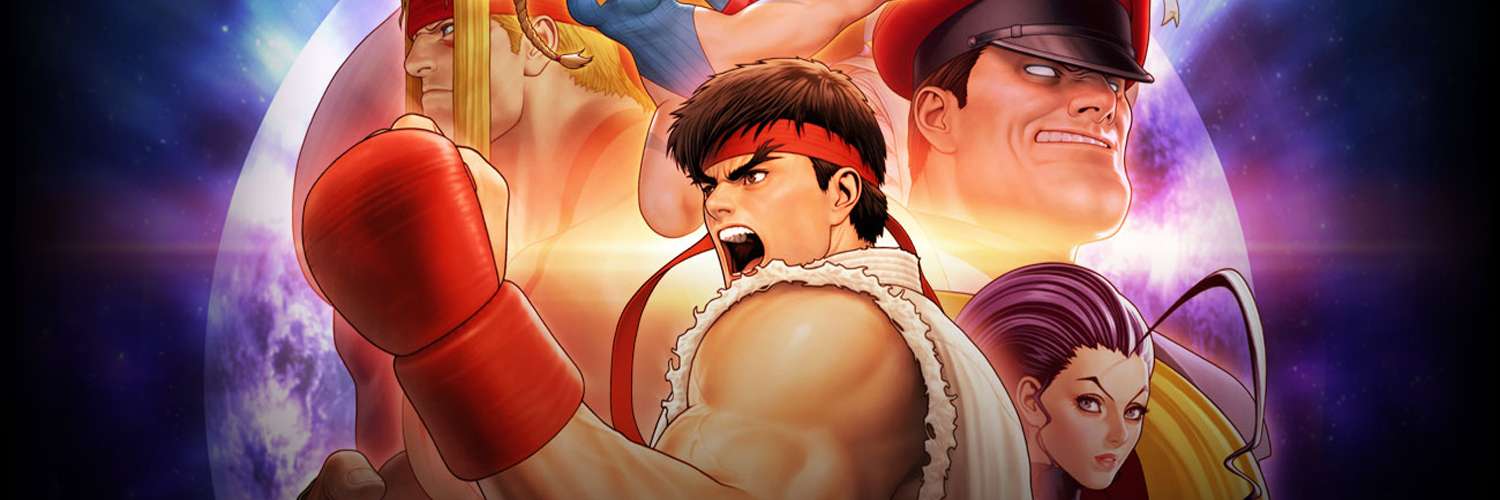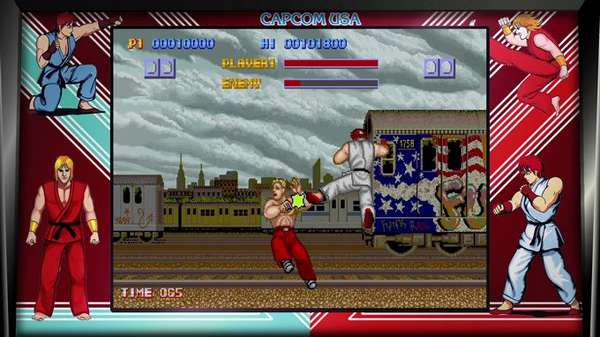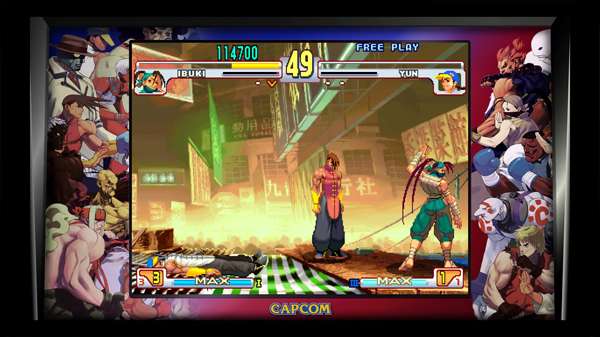
Street Fighter 30th Anniversary Collection Xbox One Review
Capcom has had a rough few years: between the previous console generation and the current, the company has had to deal with an increasingly jaded fanbase over the mishandling of some of their biggest franchises, particularly those in the fighting game department: where the company once reigned as the undisputed champion of fighters, contenders both new and old have stepped in to snatch the belt away thanks to the company’s recent poorly-planned releases, namely Street Fighter V and especially Marvel vs Capcom Infinite (the latter being dealt a one-two punch as a result of its laughable visuals and embarrassingly small roster when compared to Dragon Ball FighterZ, which was unveiled and released in nearly the same time and has utterly dominated the fanbase).
But the company is committed to making things right, starting with the revival of Mega Man, the highly-praised Resident Evil 7, the enormously successful Western debut of Monster Hunter World, and the soon-to-be-announced sequel to Devil May Cry (which has been so heavily rumored it’s practically guaranteed). There was also the release of Street Fighter V: Arcade Edition, which set to course-correct a lot of the complaints that the original release had (though keeping in the arguably terrible Fight Money mechanic). Now, the company attempts to rekindle the love of their most famous fighting franchise with Street Fighter 30th Anniversary Collection.

This isn’t the first time Capcom has released a Street Fighter collection…or the second, or even third. This time, however, the package is arguably the biggest it’s ever been, with a whopping 12 titles included that pays homage to the legacy of Street Fighter’s arcade history. While leaving out recent console releases like Street Fighter IV and V, this collection solely focuses on the games that began as competitive quarter-munchers: Street Fighter, Street Fighter II, Street Fighter II Championship Edition, Street Fighter II Turbo, Super Street Fighter II, Super Street Fighter II Turbo, Street Fighter Alpha, Street Fighter Alpha 2, Street Fighter Alpha 3, Street Fighter III, Street Fighter III 2nD Impact, and finally Street Fighter III Third Strike.
Some people will question the subjective pointlessness of including all the different versions of each game, when it is objectively fact that the last iterations of each title are their most definitive in terms of gameplay balance and features. Regardless, it is commendable that Capcom would pay homage to Street Fighter’s legacy by letting players experience the steady evolution of its games; this is tailor made for the fans who have decades of nostalgia associated with their respective titles: there absolutely is a subset of players who want to enjoy the original Street Fighter II in all its unpolished and glitchy glory, or see how Street Fighter III transformed from an experimental (and highly controversial) departure for the series until it found its groove with Third Strike. There is also the first, original Street Fighter for people to appreciate the origins of 2D fighting as we now know it as well as experiencing the prototype versions of mainstay characters like Ryu, Ken and Sagat. That said, the first Street Fighter is also an awful, unresponsive game that is not even remotely fun to play, and is also the reason Capcom likes to pretend that the series always started with Street Fighter II.

It would take too long to list all the differences between each game, but the short version is that with every new iteration, each Street Fighter title would include rebalanced gameplay and additional characters and features to continue its relevance on the arcade scene. There are, of course, heated discussions among the hardcore over which versions are truly definitive (particularly when it comes to pitting Street Fighter II Turbo and Super Street Fighter II Turbo, as well as Alpha 2 vs Alpha 3), but that’s just another reason to appreciate this historical collection.
But the most important discussion when it comes to fighting game re-releases is how they handle the multiplayer aspect. All 12 games include standard vs modes for local play, while four of the games include online multiplayer (Street Fighter II Turbo, Super Street Fighter II Turbo, Street Fighter Alpha 3 and Street Fighter III Third Strike). While these four choices are arguably the most important, there is an outcry over the exclusion of an online mode for Alpha 2. Considering that Capcom managed to include a Training Mode for each game after early fan feedback, it will be interesting to see if additional games will be given the online treatment in a future patch.
For the most part, the multiplayer is functional, if unpolished. Tying into the emulation interface, match settings are decided in advance, whether it be Ranked or Arcade, offline or online, etc. Once two players are matched, the game of choice instantly loads into the character select screen as if it were an actual arcade match between two players. This process is instant and snappy, which is always appreciated, and allows for fast rematches. The issue with the latter, however, is that it skips the post-match screens for each game, instead firing up a generic screen that then loads back the character select like a save state. While this doesn’t affect the gameplay itself, and technically does allow for faster rematches, the inability to see the character portraits and victory dialog, as well as the grading system from Third Strike, will no doubt sour more than a few fans. Hopefully this can be addressed in a future patch, even if it does mean having to wait a few extra seconds for another battle.

Another area that needs addressing is, of course, the netcode. While few online fighters ever hit it out of the park on the first week, Street Fighter 30th Anniversary Collection has an admittedly spotty netcode that can range from decent to unplayable. This also appears to be entirely random, making little difference as to the connection strength or even the location of players relative to each other. The lobby system is especially buggy, making random arcade matches the best option for now. The games themselves emulate well enough offline, though there is the occasional sound glitch and screen flicker that makes it difficult to tell whether it’s arcade accurate or a problem that did not exist originally. Furthermore, the versions of each game are not always the most optimal choices; Super Street Fighter II Turbo, for example, is using the version from the arcade where the AI opponents are brutally difficult. An option to choose between the versions of each ROM would have elevated the preservation of this collection even more.
As for extras, Street Fighter 30th Anniversary Collection includes one of the more comprehensive art galleries seen yet. There is a plethora of concept art, character sketches, magazine illustrations and other pieces as well as numerous captions that detail the design process that each of the games went through, not to mention a timeline that handily categorizes everything from 1987 and onwards. There’s a lot of interesting trivia found that even the most hardcore fan might be surprised about, not to mention a sound test that collects every piece of music (the downside is that the music cannot play while viewing the artwork…hope you really like that remix of Sakura’s theme).

In the end, Street Fighter 30th Anniversary Collection is a respectable package that will doubtlessly tug at the heartstrings of longtime fans, but falls a bit short of being a truly complete package. In addition to the spotty netcode and bland interface, there is also some notable versions of these games that are missing, including the home console version of Street Fighter Alpha 3 which includes additional fighters and modes, as well as the remixed music and gameplay challenges that Street Fighter III Third Strike Online Edition introduced. It is still a worthy package with lots of content, but there have also been better anniversary collections released from both Capcom and other companies.
